The Evolution of the English Language from 450 to 1450: Key Influences
VerifiedAdded on 2022/09/12
|25
|1463
|11
Essay
AI Summary
This essay provides a comprehensive overview of the evolution of the English language from 450 to 1450, encompassing the Old English and Middle English periods. It explores the significant socio-historical events and influences that shaped the language, including the impact of Celtic, Germanic, and Scandinavian cultures. The essay examines the linguistic changes, such as phonetic, lexical, and spelling transformations, that occurred during these periods. It highlights key historical events like the Germanic invasions, the Norman Conquest, and the Viking Age, and how they contributed to the development of English. Furthermore, the essay discusses the emergence of different dialects, the rise of English as a language of instruction, and the birth of English literature during the Middle English period, providing a detailed understanding of how the language evolved into its modern form. References from academic sources are also included.
1 out of 25
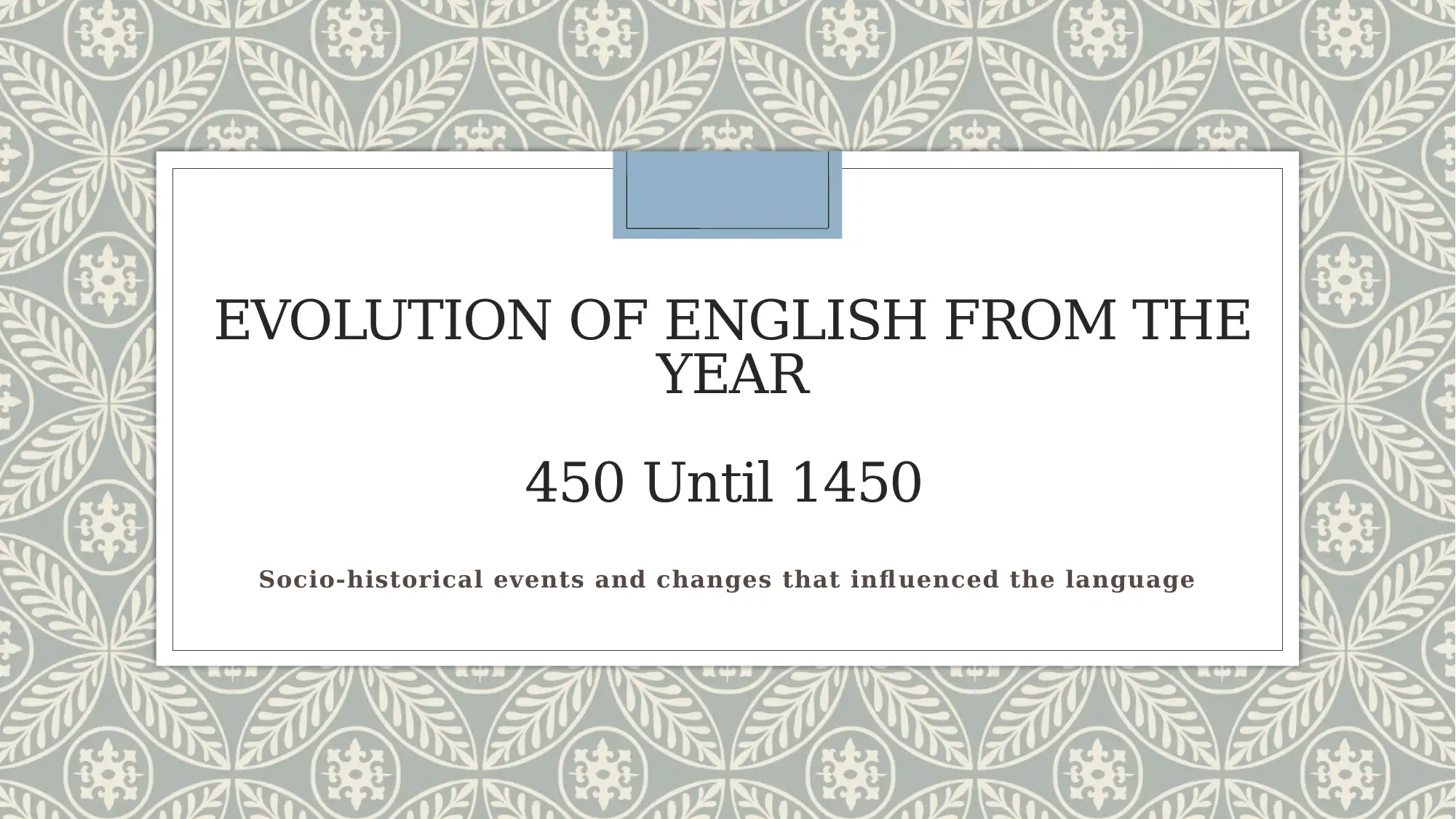
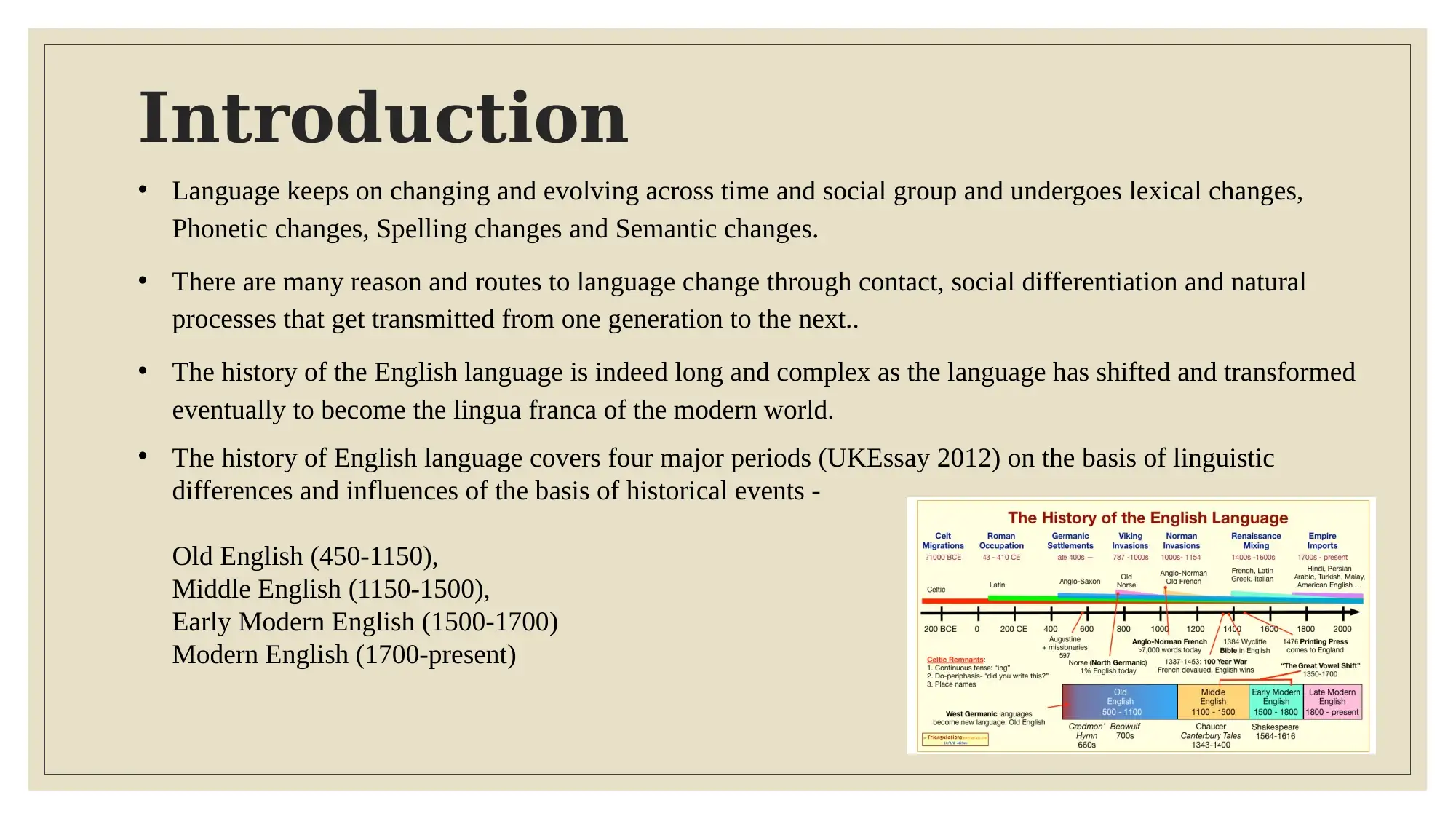
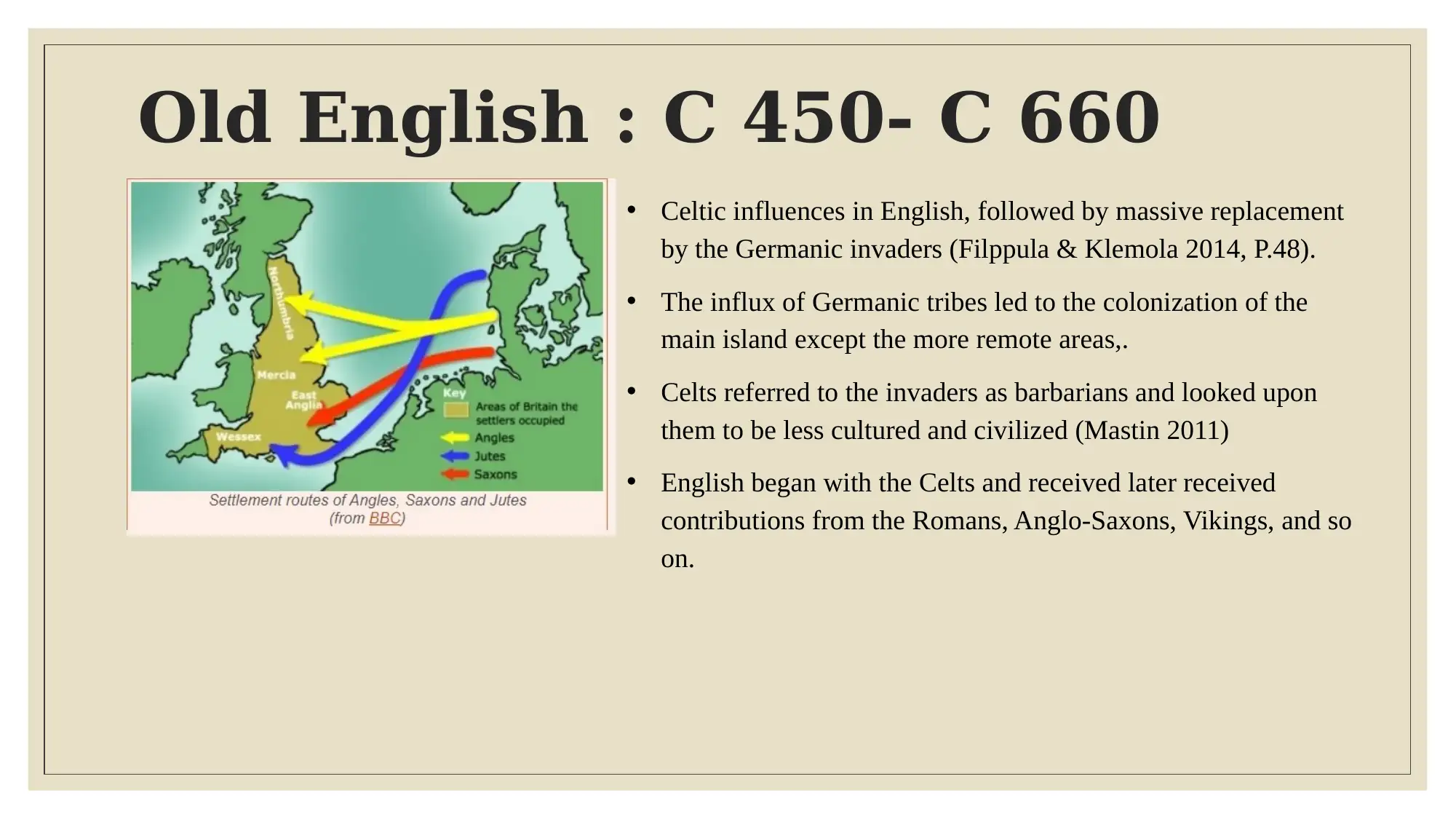

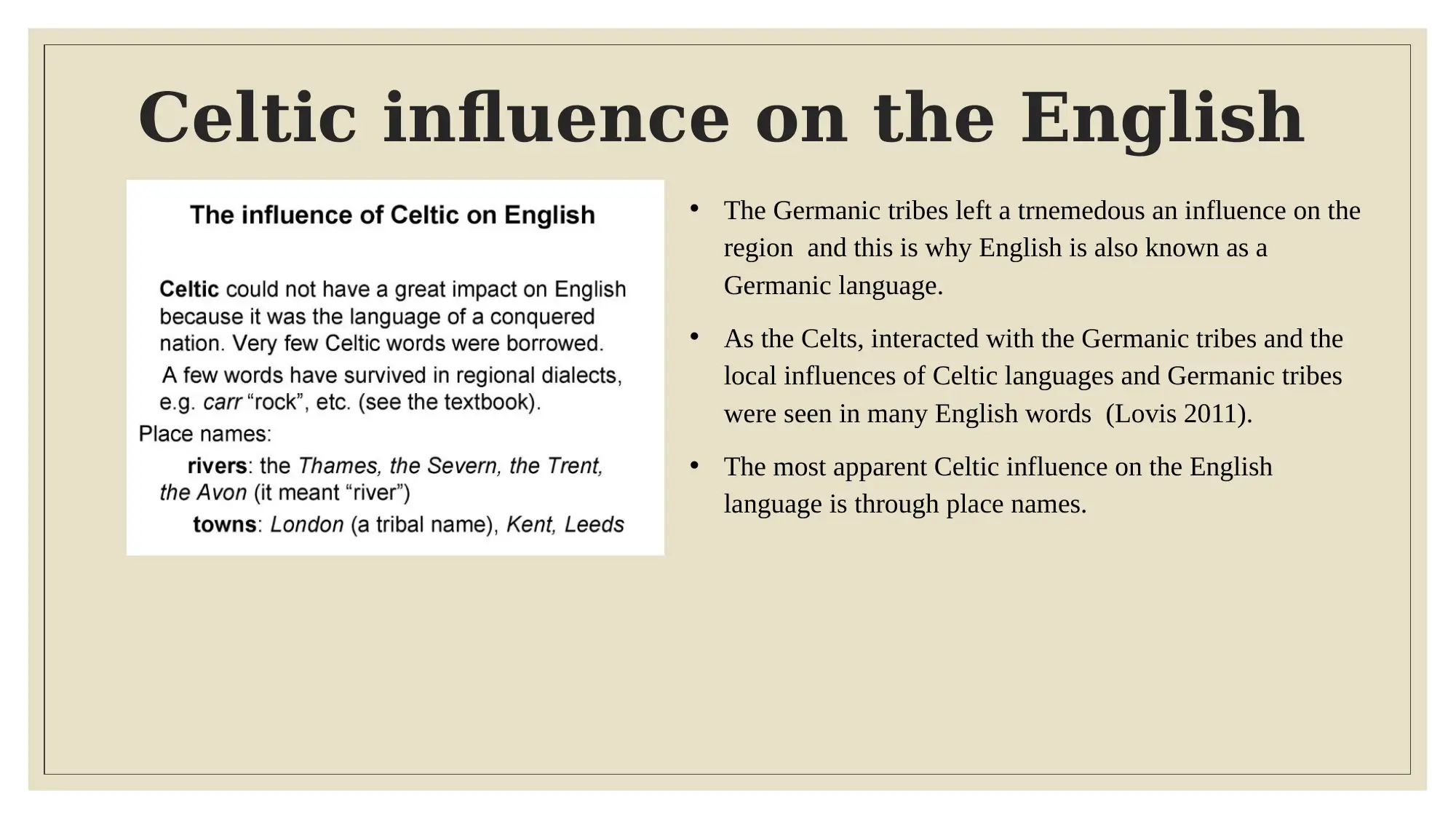
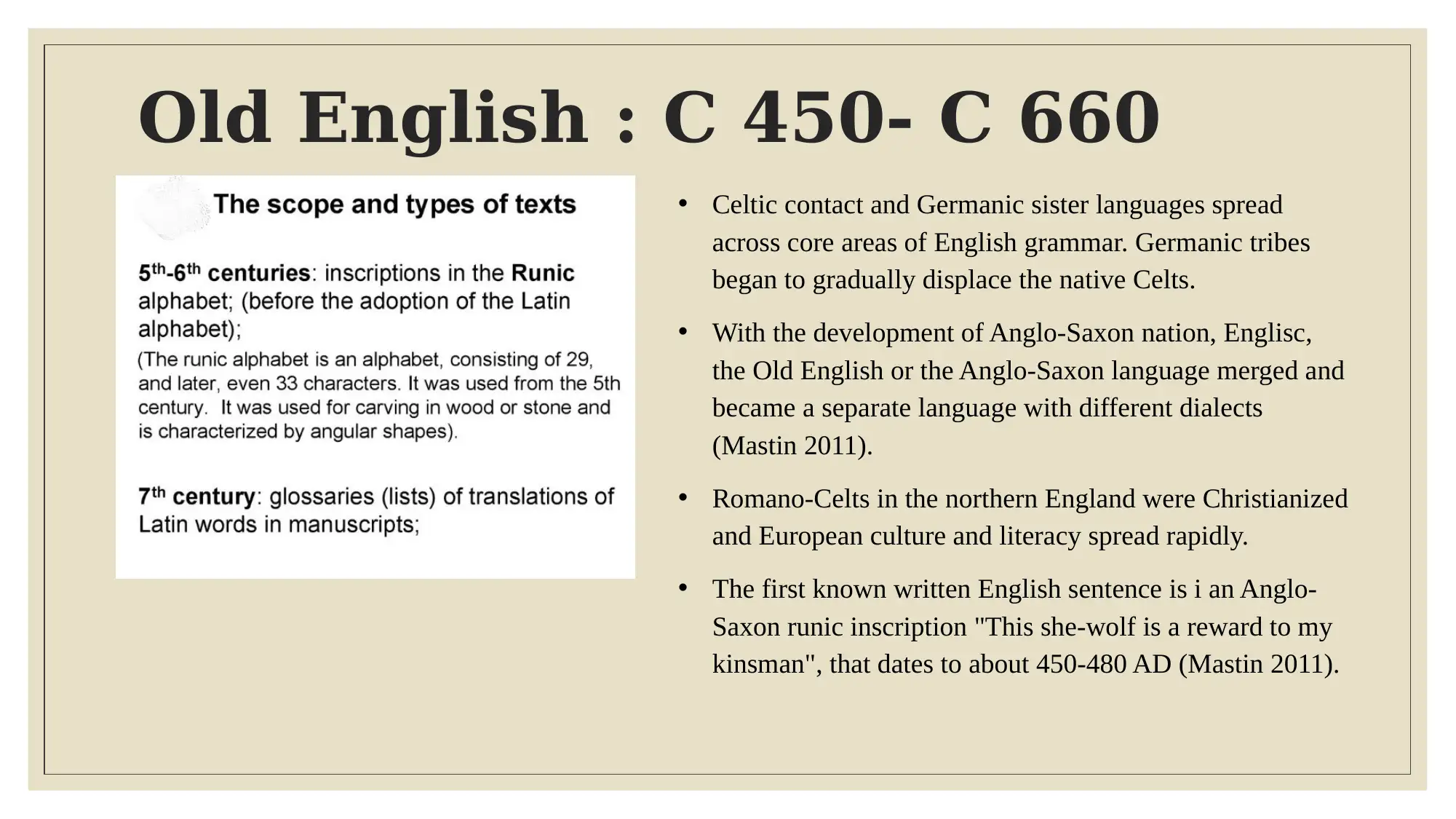
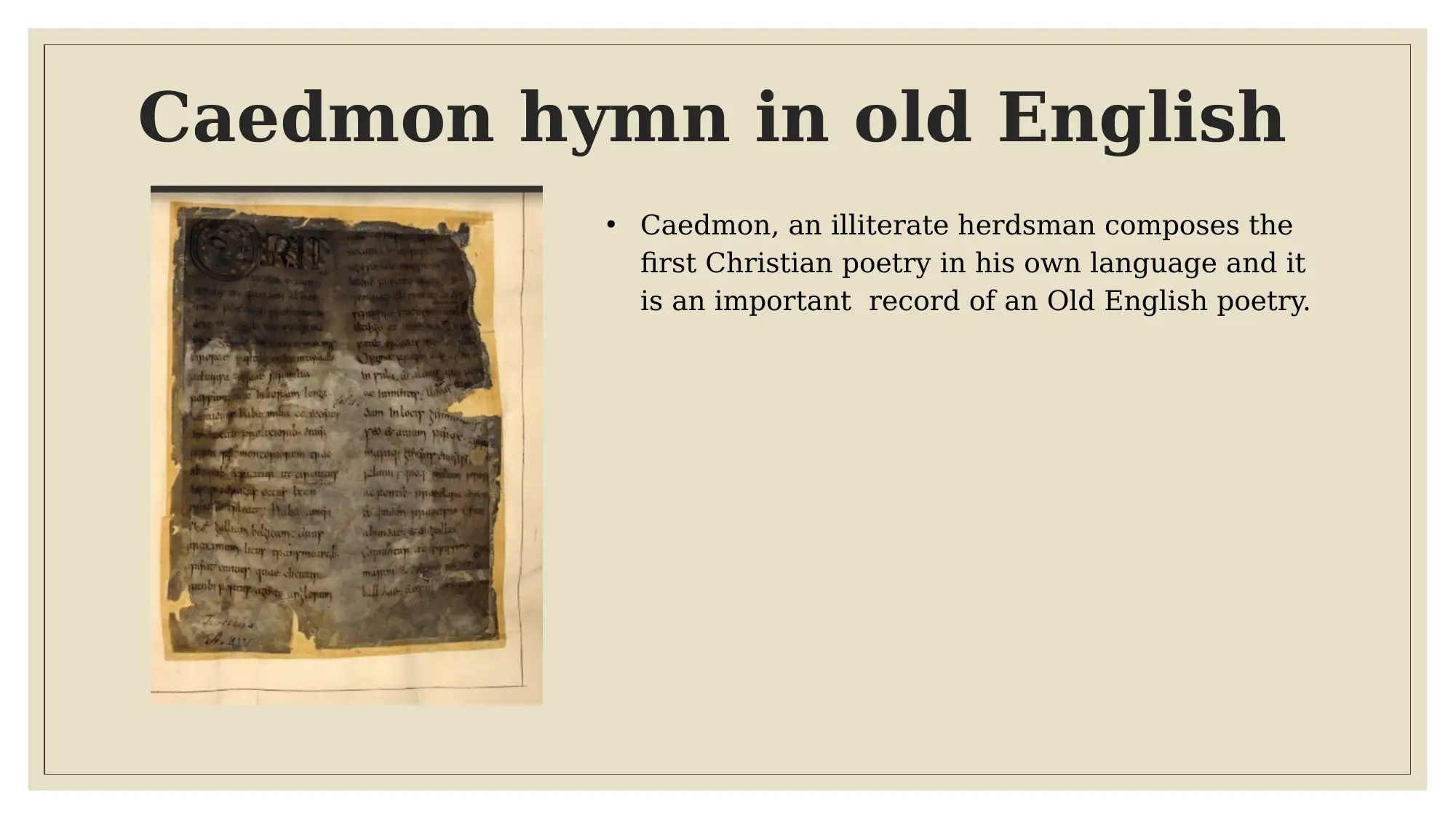
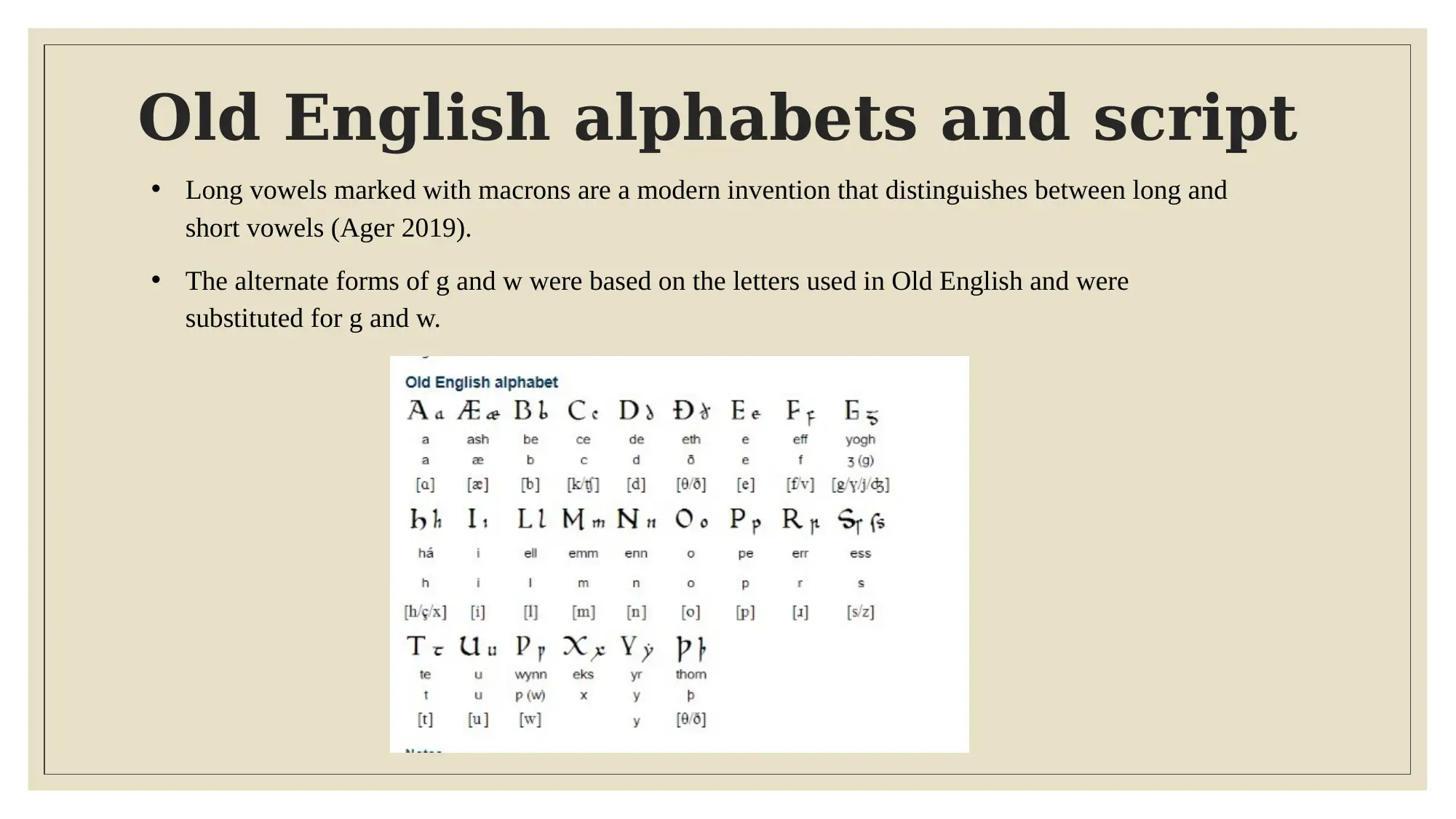
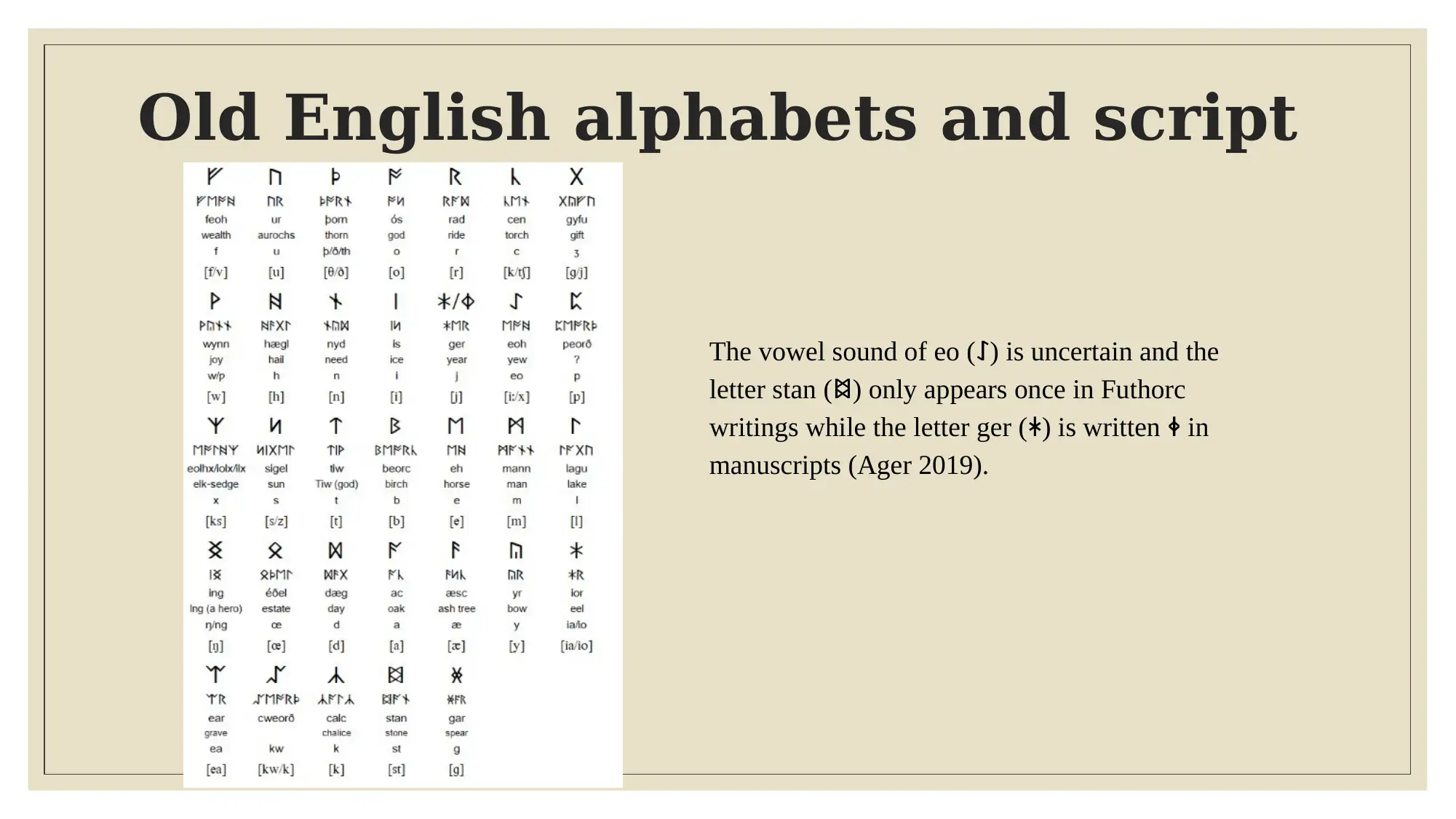
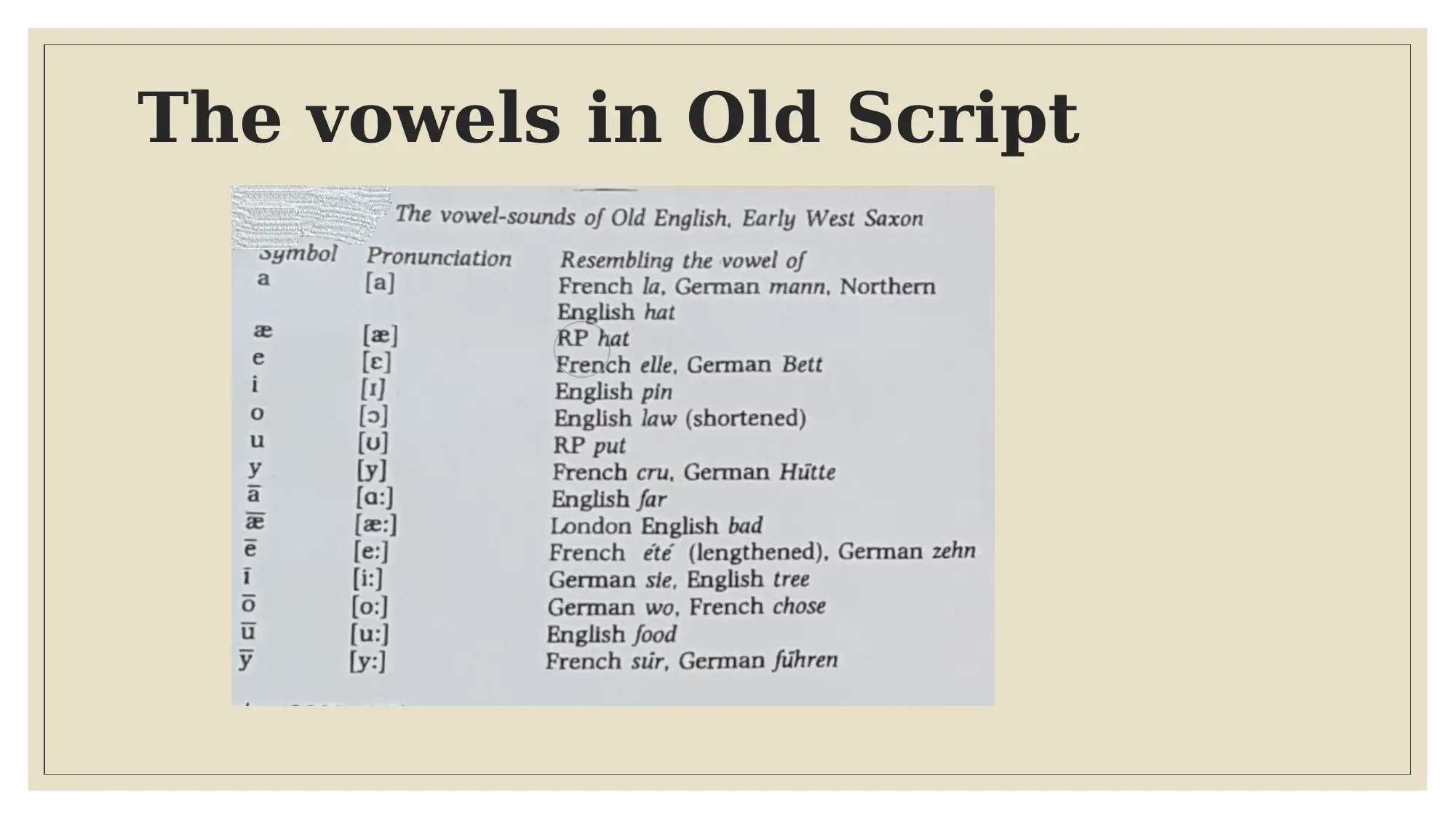
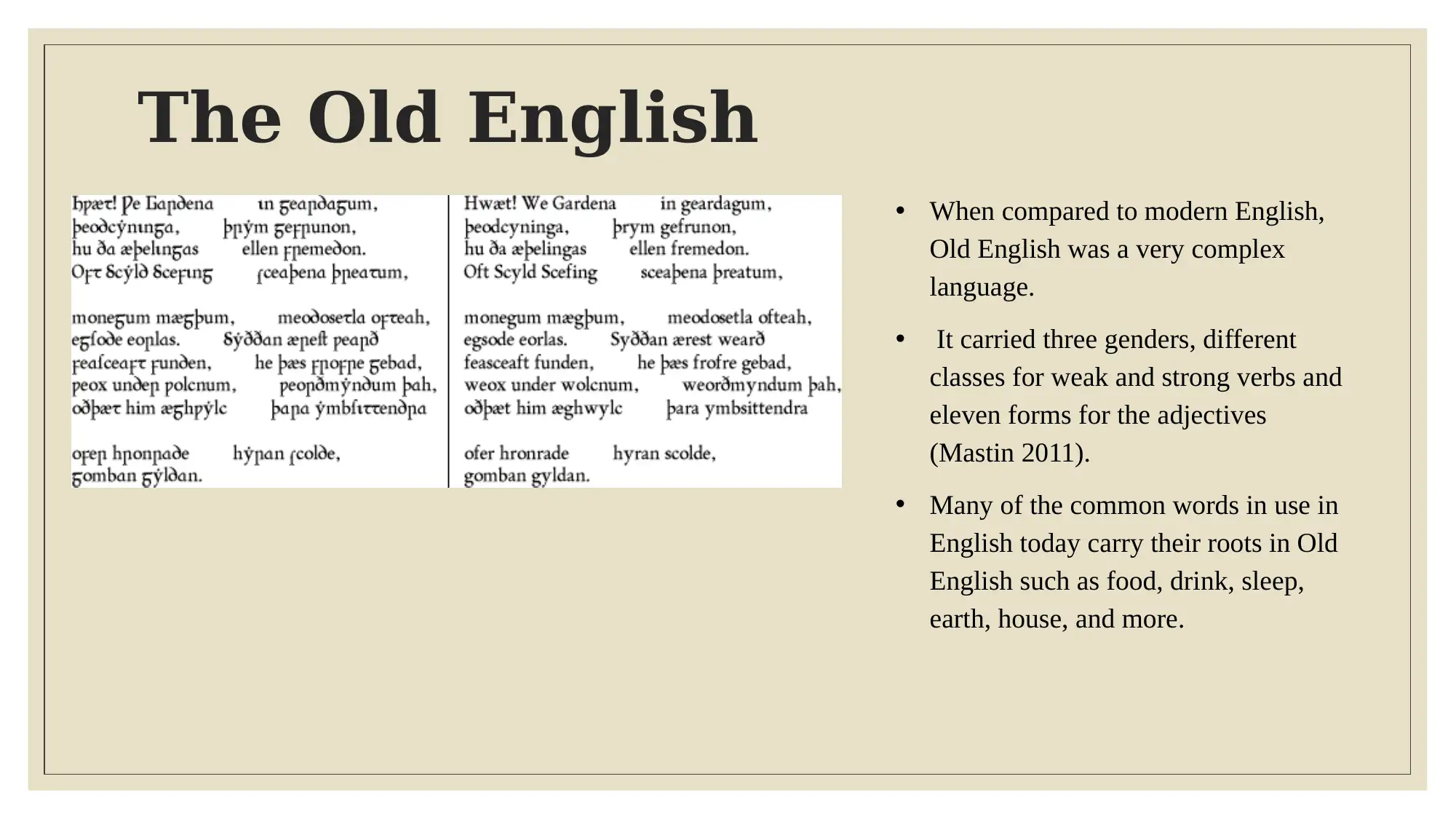
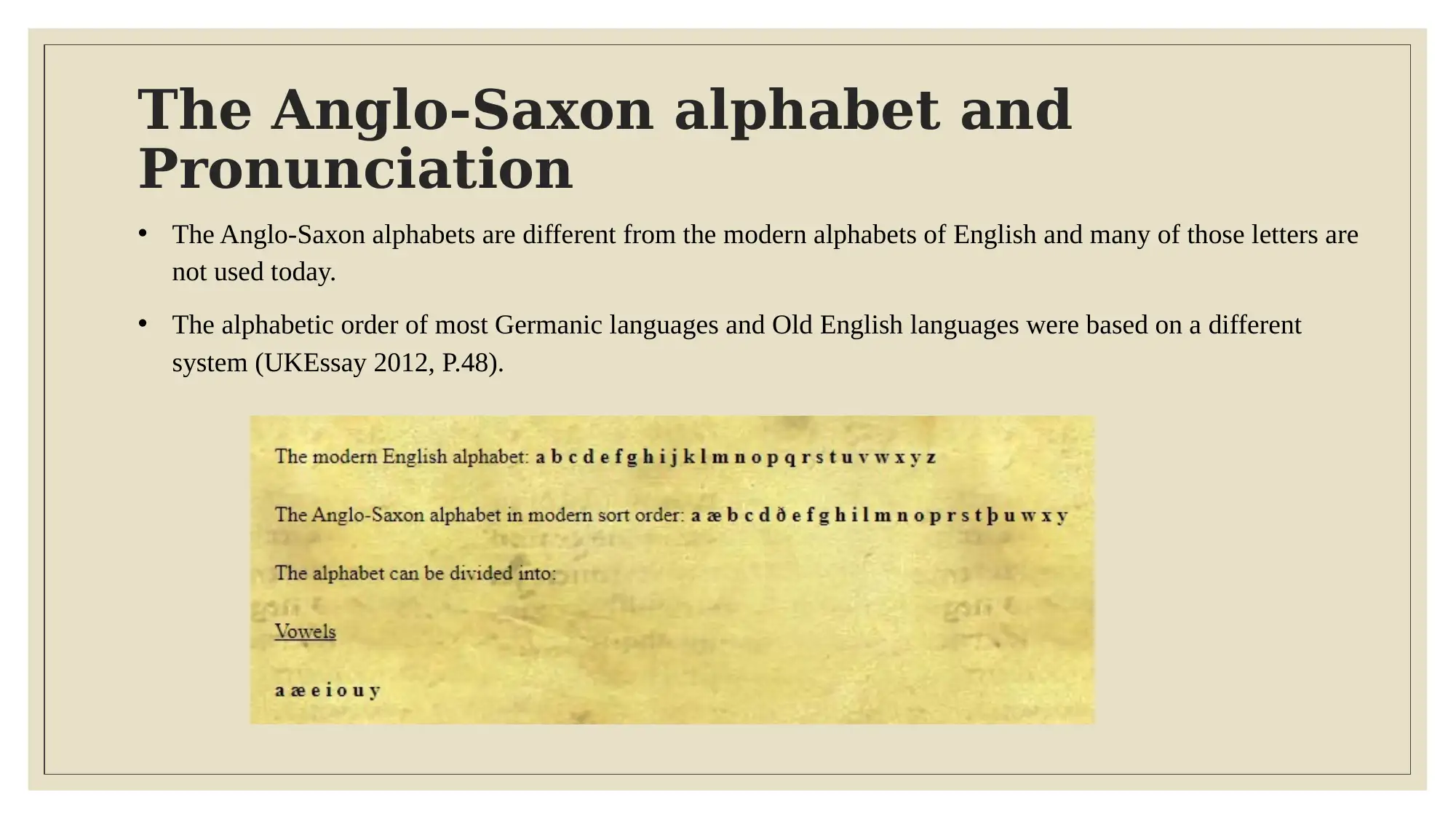
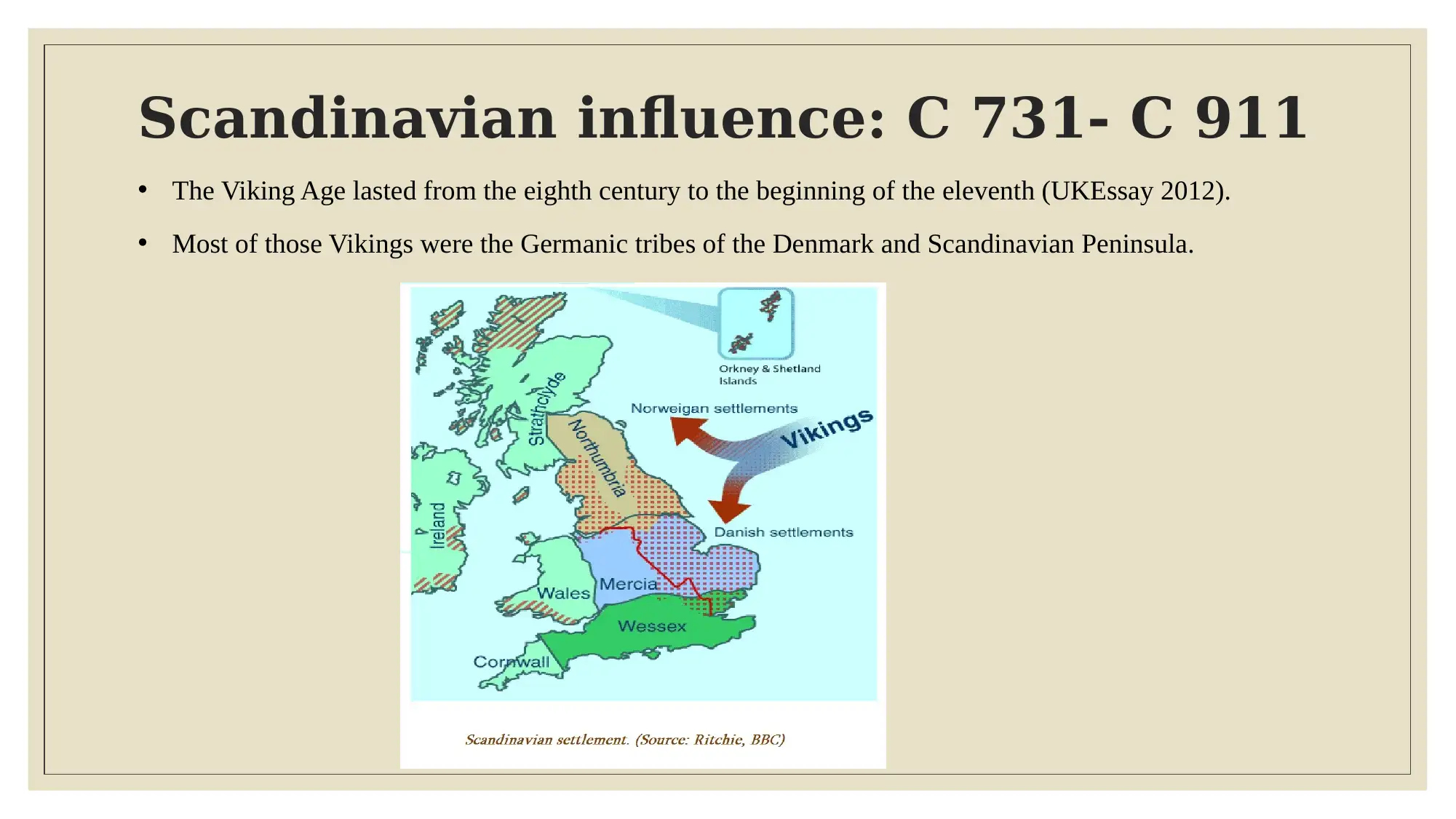

![[object Object]](/_next/static/media/star-bottom.7253800d.svg)